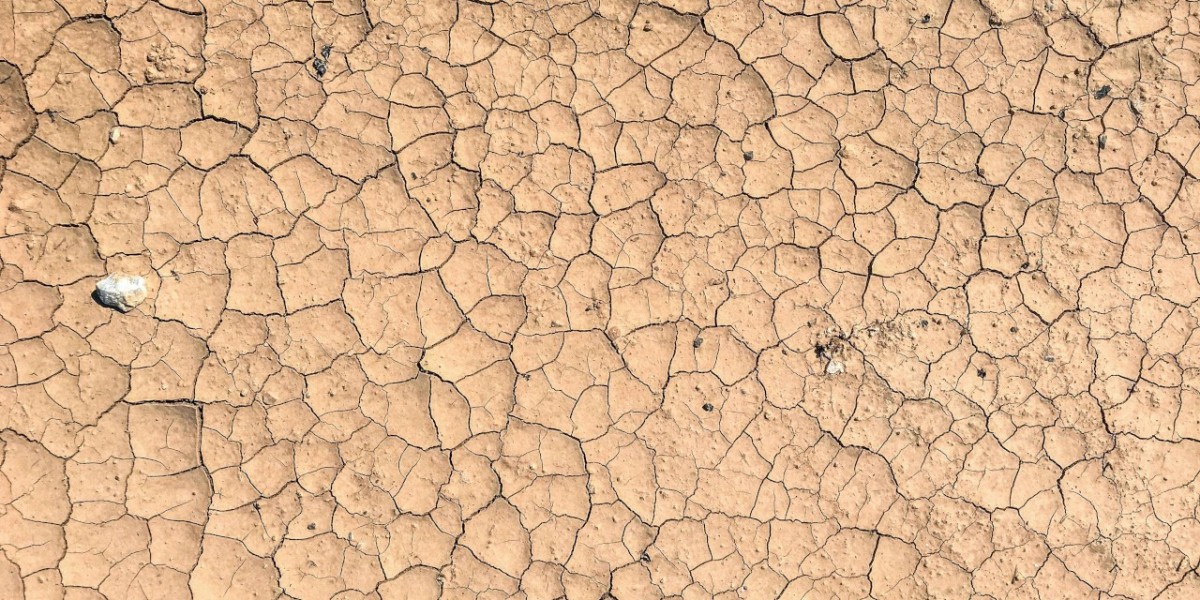As the world grapples with the challenges posed by environmental degradation, rising sea levels, and extreme weather conditions, innovative solutions are emerging to help mitigate these issues. Among these solutions, geotextile bags are gaining traction as effective tools for erosion control, flood management, and coastal protection.
Understanding Geotextile Bags
Before we dive into the expert insights, it is essential to understand what geotextile bags are. Often referred to as geobags or sandbags, these sacks are made from permeable textiles that allow water to pass through while retaining soil, sediment, or sand. They come in various sizes and shapes and are primarily used in civil engineering projects, shoreline structures, and environmental protection tasks.
Insights from Industry Experts
Expert 1: Mark Thompson, CEO of EcoSand Solutions
Mark Thompson, a prominent player in the industry and the CEO of EcoSand Solutions, shared his thoughts on the growing relevance of geotextile bags in combating climate change. “With the increasing frequency of floods and the urgent need to control coastal erosion, geotextile sand bags present an effective and adaptable solution. We have seen a significant uptick in demand for these products, and I firmly believe that this trend will continue as communities strive to build resilience against environmental threats.”
Thompson pointed out the importance of sourcing sustainable materials for geobags. He emphasized that as a Geo bag manufacturer, it is crucial to keep sustainability at the forefront. “We've developed bags made from recycled materials that meet the same performance standards as traditional geotextile bags. Our goal is to reduce the carbon footprint associated with production while providing a reliable product for our customers.”
Expert 2: Lucy Kim, Environmental Engineer
Lucy Kim, an environmental engineer with over a decade of experience working on coastal protection projects, echoed Thompson's sentiments about the evolving market. “When it comes to Geo bag price, the initial investment can be off-putting for many municipalities. However, the long-term benefits of using geotextile bags—such as their durability and effectiveness in mitigating erosion—often outweigh the initial costs. In many cases, they are a cost-effective solution for shoreline stabilization.”
Kim also highlighted the adaptability of geotextile sand bags. “We are beginning to see more applications for these products beyond traditional uses—like temporary flood barriers during emergencies or even in landscape architecture. The versatility of geotextile bags allows engineers to employ them creatively, leading to innovative designs while addressing environmental concerns.”
Expert 3: Dr. Robert McKenzie, Academic Researcher
Academic perspectives often lend significant insights into industry trends. Dr. Robert McKenzie, a researcher at the University of Coastal Engineering, explored the technological advancements in geotextile bags. “Traditionally, the industry was somewhat stagnant in its innovation practices. However, we now have access to advanced materials that enhance the performance of geotextile bags. Smart textiles that can monitor sediment flow or adapt to changing environmental conditions represent the future.”
Dr. McKenzie also commented on the growing trend of bioremediation. “Some manufacturers are experimenting with biodegradable options, where organic materials may slowly decompose while providing effective erosion control. This approach aligns with the global movement towards sustainability and responsible resource use.”
Challenges and Opportunities
While the future appears bright for geotextile bags, challenges remain. Experts noted that regulatory hurdles and lack of awareness among potential users often impede the widespread adoption of geotextile solutions.
Mark Thompson further elaborated on this: “Education is key. Many people still think of sandbags as temporary solutions. We need to communicate the long-term benefits and versatility of Geotextile sand bags better. Building partnerships with local governments and providing workshops can help increase awareness.”
Lucy Kim added, “Another challenge is the variability in geo bag price. Often, clients opt for the cheapest solution without considering the performance and longevity of the product. We need to provide transparent pricing models that showcase the lifecycle costs of geotextile bags.”
The Future of Geotextile Bags
With the growing recognition of environmental challenges, experts unanimously believe that the geotextile bag industry is poised for significant growth. Mark Thompson stated, “As climate concerns grow and infrastructure requires upgrading, we need geotextile solutions more than ever. I foresee integration with smart technology and the adoption of sustainable materials becoming the industry standard.”
Dr. McKenzie reaffirmed this sentiment, discussing potential collaborations between academia and industry to foster innovation: “Educational institutions can guide the development of new materials and performance metrics. A partnership can lead to findings that elevate the entire industry.”
Finally, Lucy Kim wrapped up the discussion with her optimistic vision of the future. “I envision communities globally adopting these technologies to protect their environments. As we continue to innovate and improve the design and materials used for geotextile sand bags, we’ll see them play a vital role in sustainable development and disaster preparedness.”
Conclusion
Interviews with these industry experts provide a comprehensive perspective on the promising future of geotextile bags. As a geo bag manufacturer, the commitment to sustainability, innovation, and education will be critical in expanding the market and application of geotextile bags. The ongoing dialogues within the industry suggest a shift not only in materials and designs but also in perceptions of these products' roles in tackling some of the most pressing environmental challenges of our time.
As we move forward, investing in research, partnerships, and community engagement will be vital for harnessing the potential of geotextile bags as a sustainable solution for erosion control, flood management, and overall environmental resilience. The future is indeed hopeful, and geotextile bags are likely to play a pivotal role in the evolving landscape of environmental engineering.
Frequently Asked Questions (FAQs)
Are geotextile bags environmentally friendly?
Yes, geotextile bags are considered environmentally friendly, as they can reduce erosion and sedimentation and protect waterways. Furthermore, some manufacturers are now producing these bags using bio-based materials that further lower environmental impact.
What factors influence geo bag prices?
Geo bag prices can depend on several factors, including size, material type, manufacturing processes, and quantity. Custom orders and specialized features may also contribute to variations in pricing.
How are geotextile sand bags used during flooding?
During flooding, geotextile sand bags can be used to construct temporary barriers to redirect water flow, protect properties, and mitigate flood damage. Their lightweight nature and permeability make them suitable for rapid deployment in emergencies.







